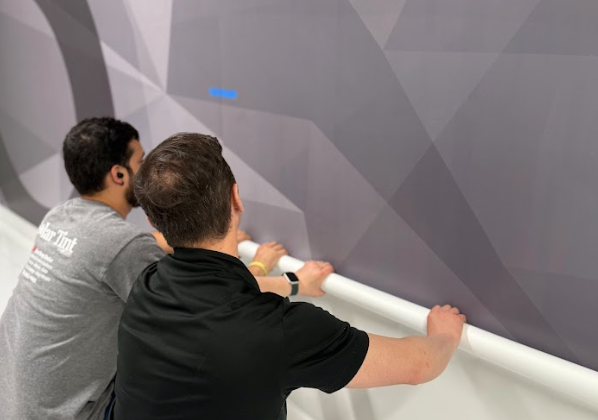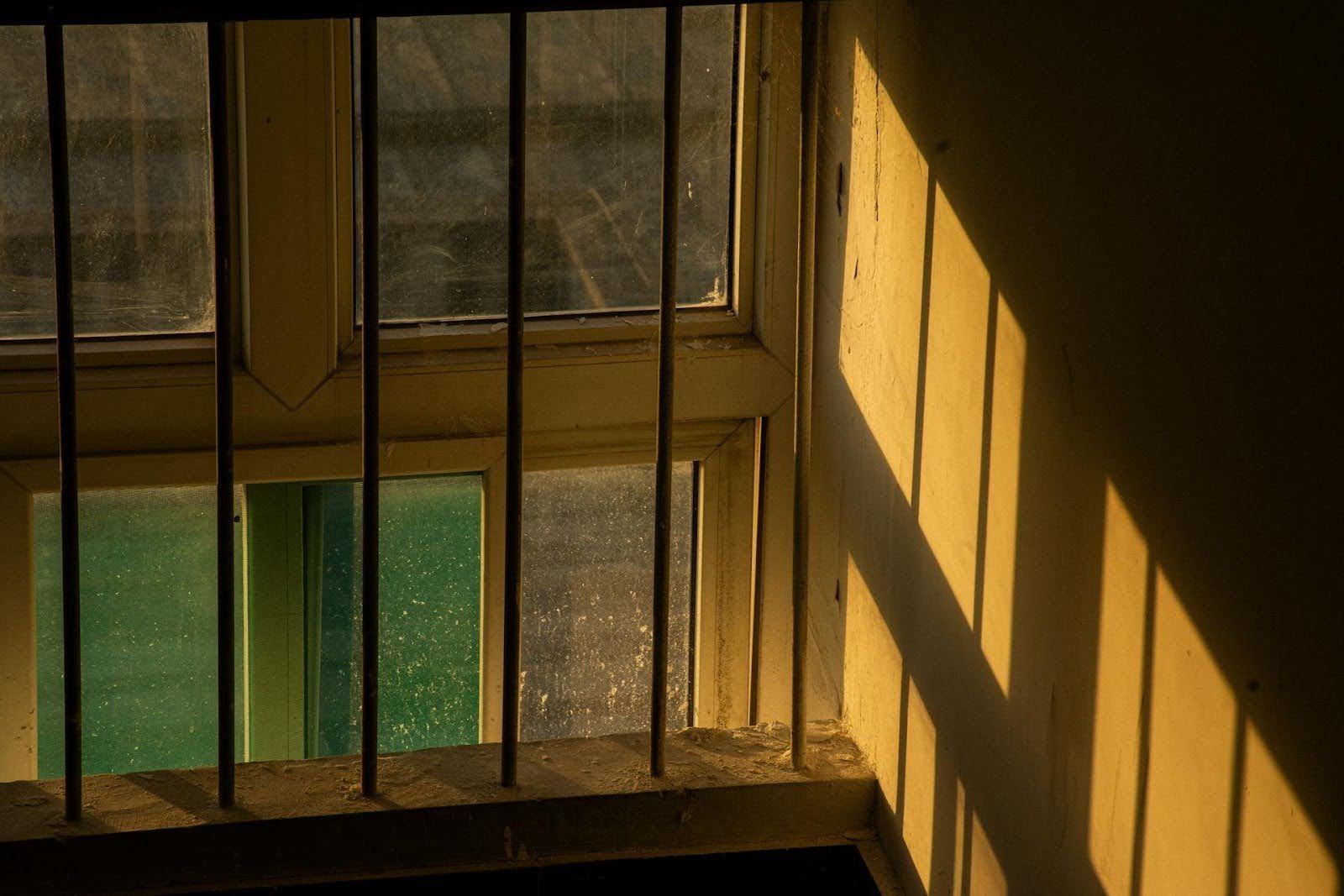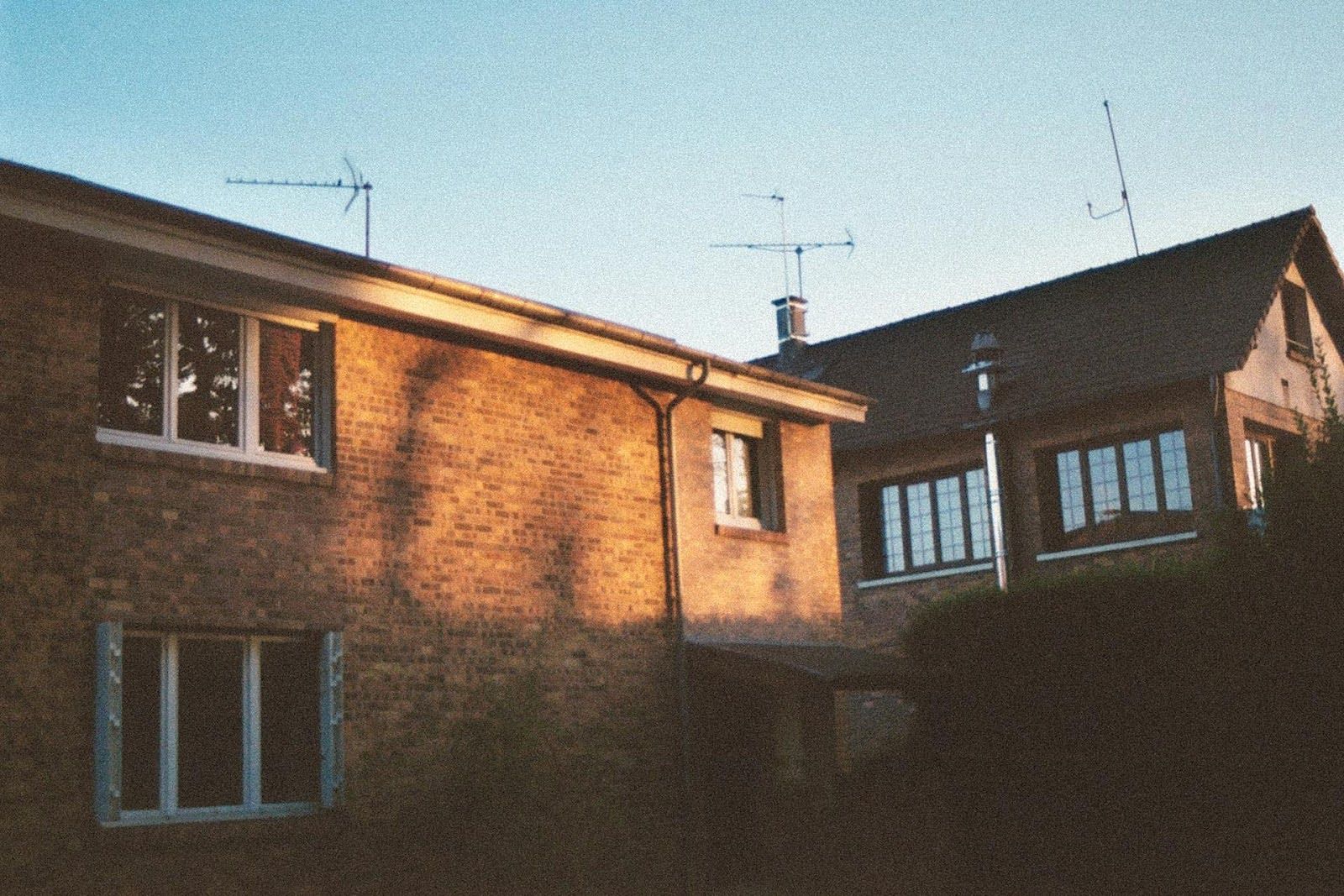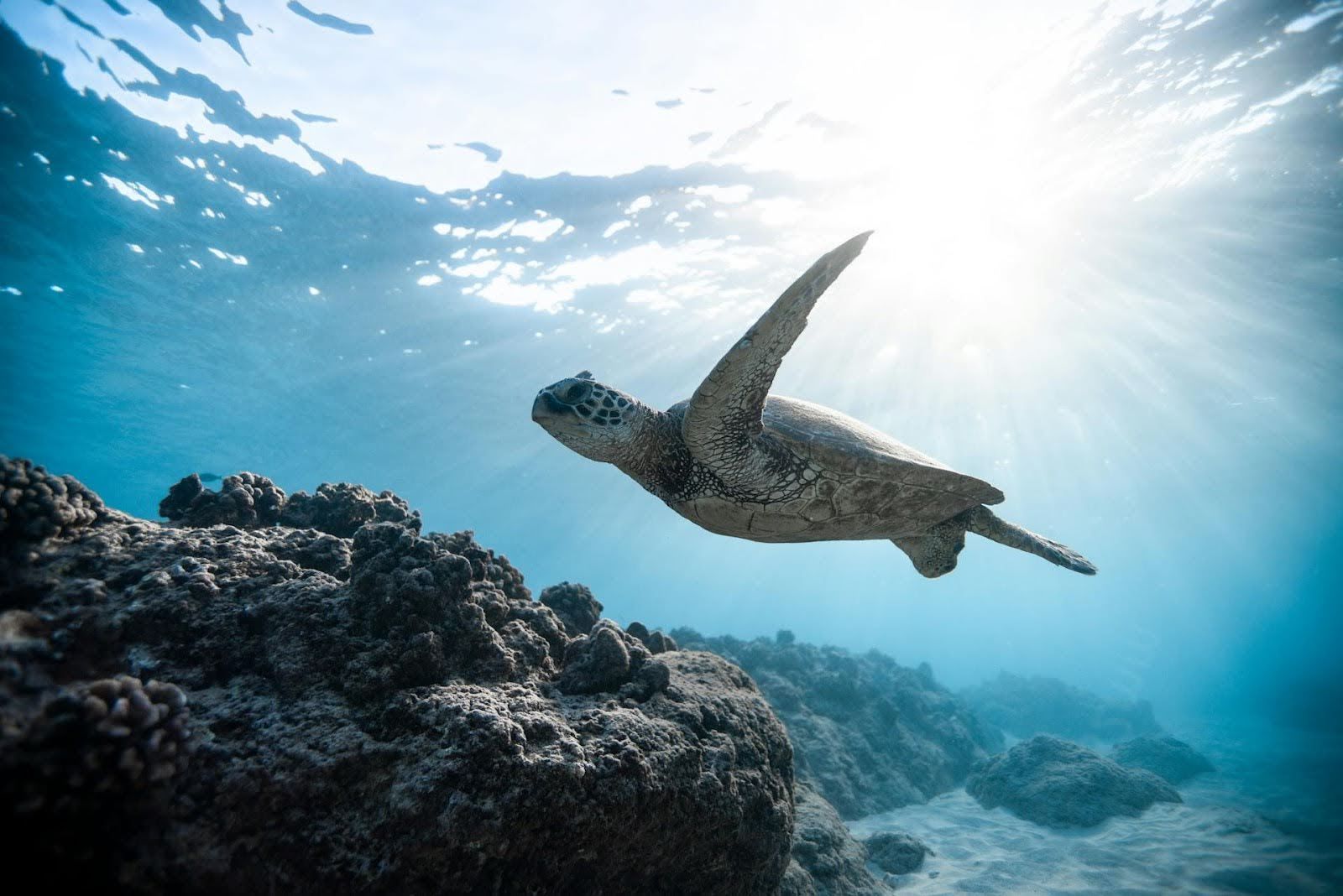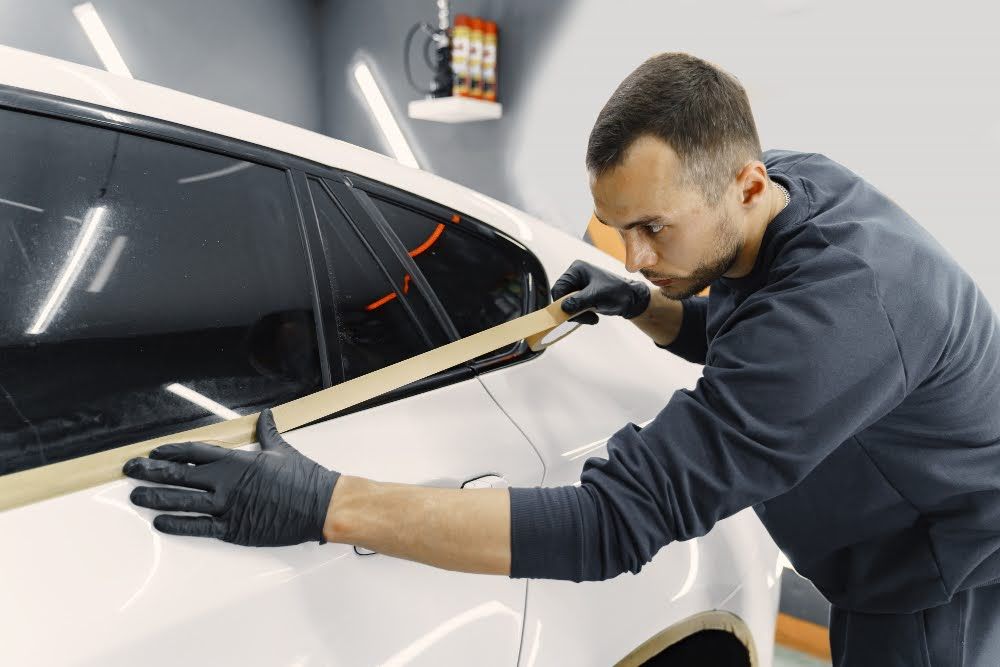Is Paint Protection on a New Car Worth It? Here’s What Drivers Need to Know
There’s something undeniably satisfying about driving a brand-new car off the lot.
The glossy finish, untouched paint, and that fresh interior smell—it’s a full sensory experience. But here's the thing: that showroom shine doesn’t last forever.
Between road debris, unpredictable weather, and even that one overzealous bird in the parking lot, your paint takes a beating faster than most people expect.
That’s why many new car owners start wondering if paint protection film on a new car is worth it—and not just from a cosmetic standpoint, but also from a long-term investment perspective.
Let’s unpack what paint protection does, why some drivers swear by it, and what you need to know before making the call.
The Silent Assault on Your Car's Finish
Your car’s exterior faces constant, quiet threats. Tiny gravel on the freeway. Tree sap from that perfect shaded parking spot.
UV rays that don’t just age your skin—they dull your paint over time. Most of it’s invisible at first, but give it six months, and the wear starts to show.
And here’s something many new owners don’t realize: factory paint jobs aren’t bulletproof.
Sure, manufacturers do their best, but the clear coat can only take so much abuse before it starts showing swirls, scratches, and oxidation.
When it comes to windows, ceramic tint can block UV rays and heat, but what about paint? While wax offers some protection, it’s no match for the daily grind.
That’s where paint protection film—commonly called PPF—enters the chat.
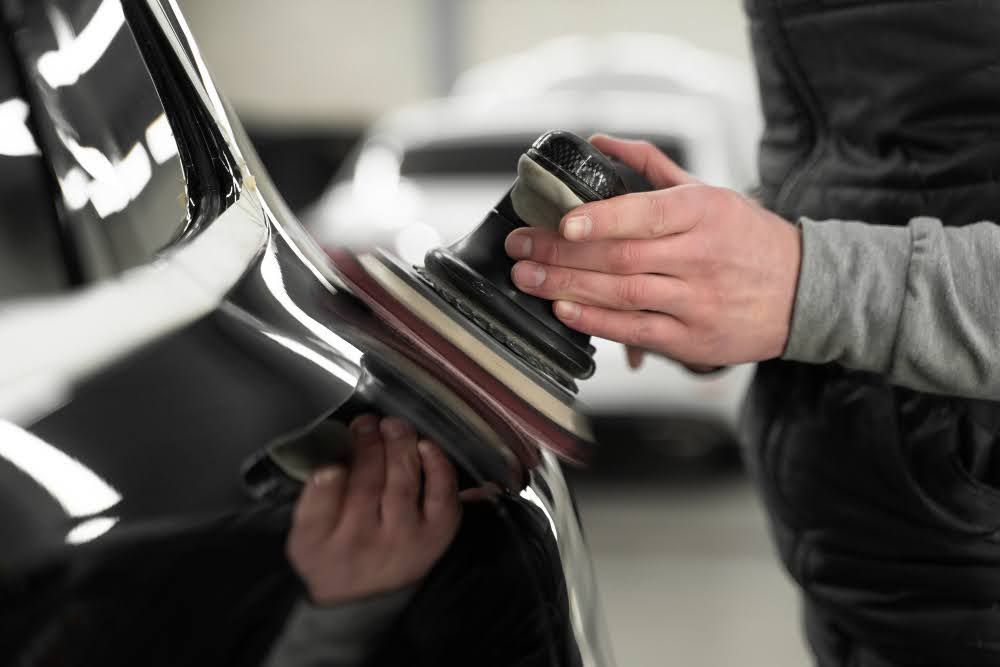
Paint Protection Film 101
Think of PPF like an invisible shield. It’s a clear, ultra-thin urethane layer professionally applied over the painted surfaces of your vehicle.
The material is designed to absorb the impact of road debris, resist staining from bug guts and bird droppings, and fend off fading from UV rays.
And here’s the cool part—one of PPF’s key benefits is that it has self-healing properties. Light scratches and swirls? They disappear with heat, either from the sun or warm water.
PPF isn’t new. It was originally developed for military use, believe it or not, to protect helicopter blades.
Over time, it made its way into the automotive world, and these days, it’s way more advanced than its early days. We're talking top-tier clarity, durability, and edge-to-edge application.
Where It Makes the Most Sense
Now, let’s get real. Not every car needs full-body protection. It depends on how—and where—you drive.
If you’re commuting 60 miles a day on highways behind gravel trucks and semis, it’s a no-brainer. That front end is going to take a beating, so you’ll want PPF to help protect your paint.
On the flip side, if your car lives in the garage and only comes out on sunny weekends, your risks are lower.
That said, most PPF customers don’t just care about mileage or exposure—they care about peace of mind.
They want to know that daily drives, shopping carts, and sudden hailstorms won’t leave behind a trail of regret. Especially if they’re planning to sell or trade in the vehicle down the road.
Paint repair is expensive. Even a minor repaint can cost more than applying PPF in the first place. And when is it time to sell? A flawless finish tells buyers the car’s been loved.
So, when people ask whether paint protection film on a new car is worth it, what they’re asking is: “Will it save me money and stress in the long run?” And in many cases, the answer leans heavily toward yes.
What About Ceramic Coating?
Ah, the other contender. Ceramic coating gets a lot of buzz, too—and for good reason. It’s a liquid polymer that bonds with your paint and provides a hydrophobic layer that repels water, dirt, and grime.
The shine is incredible, and cleanup becomes a breeze. But—and this is important—it doesn’t stop rock chips or deep scratches. It’s a surface-level defense, not a physical barrier.
Some drivers go for both: PPF for the high-impact areas (like the hood, fenders, and bumpers), and ceramic coating on top for the glossy finish and easier maintenance. Think of it like pairing body armor with a stylish jacket.
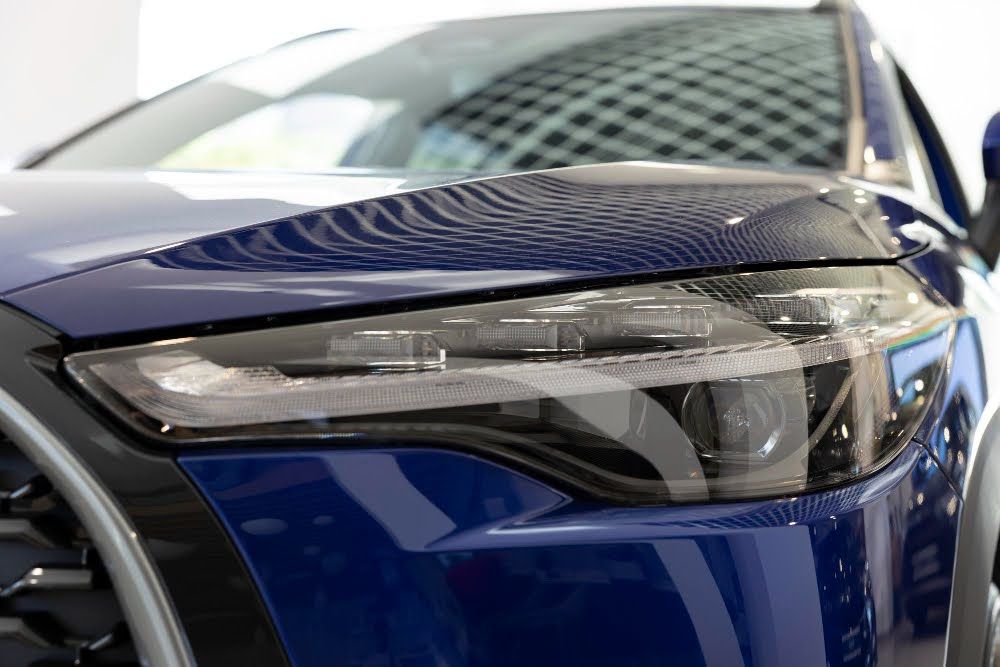
The Price Tag: Sticker Shock or Smart Investment?
Let’s not dance around it—PPF isn’t cheap. A full wrap can cost a few thousand dollars, depending on the car’s size and the film’s quality.
But compare that to a full respray or paint correction job, and suddenly it doesn’t sound so bad.
Plus, think about time. Time spent washing your car. Time worrying about whether that scratch on the door will buff out. Time stressing over resale value. PPF doesn’t just protect your paint—it protects your peace of mind.
Real talk? It's one of those things where people who have it often say they wish they’d done it sooner.
So... Is It Worth It?
For a lot of drivers, especially those picking up a new vehicle they plan to keep for years, paint protection film is worth it. They’re not just protecting paint—they’re preserving pride. Because once that first chip hits, it’s hard to unsee.
And while no product is truly “set it and forget it,” PPF comes pretty close. It’s low-maintenance, high-reward, and virtually invisible if installed by the right professionals.
A Smart Finish for a Smart Start
Whether you’re buying your first new car or upgrading to your dream ride in sunny Miami, or anywhere in Florida, protecting it from the start just makes sense. You’ve already invested in the vehicle—why not invest in keeping it looking new?
At Solar Tint Inc., we specialize in precision-installed paint protection film tailored to your vehicle’s needs.
Our team combines industry experience with next-level materials to give your car a barrier you can count on.
So if you’ve been wondering whether paint protection film on a new car is worth it, now you know—it’s not just worth it. It’s smart.
If you’d like more information or a quote for your PPF, contact us today! Our expert customer service team is here to provide the help you need.
